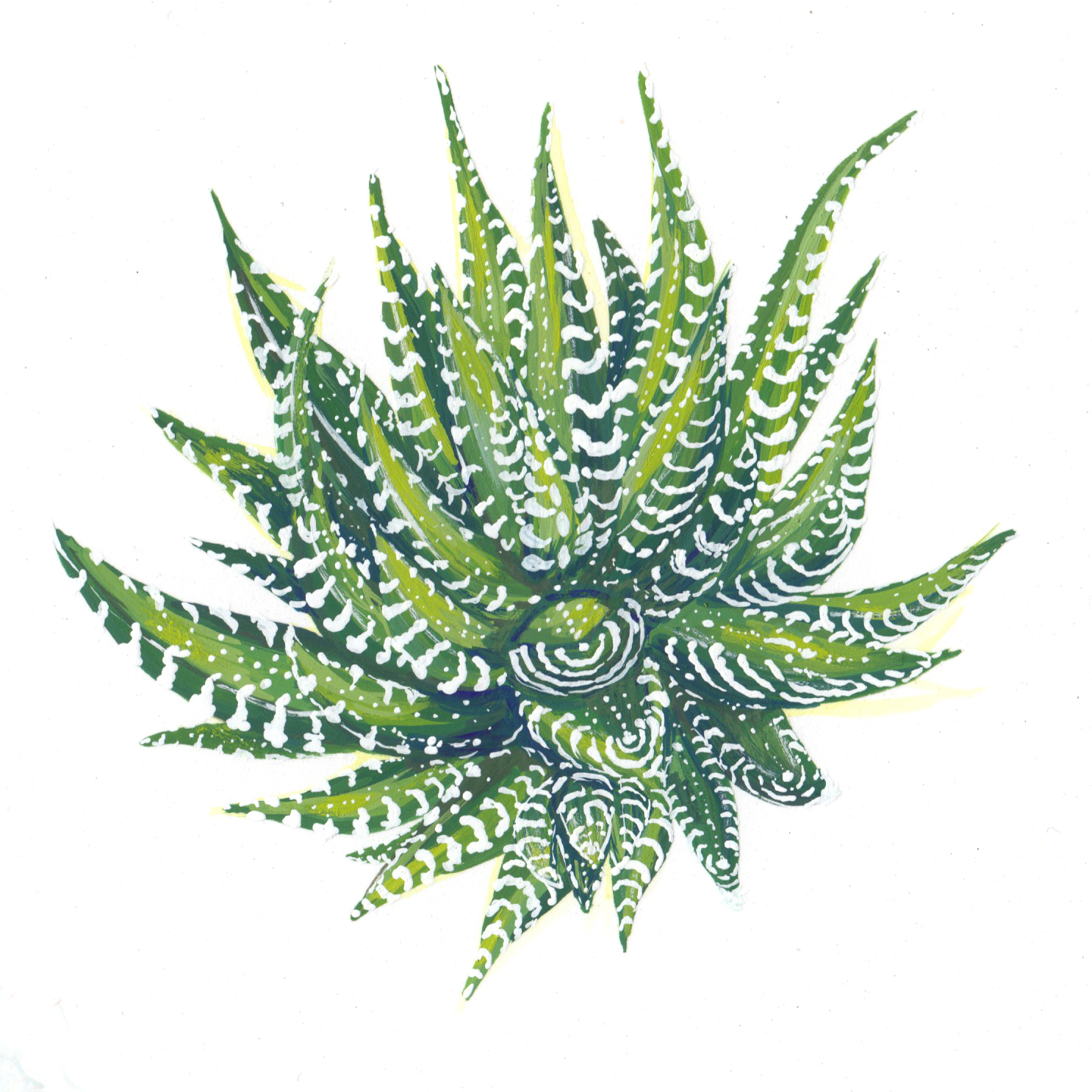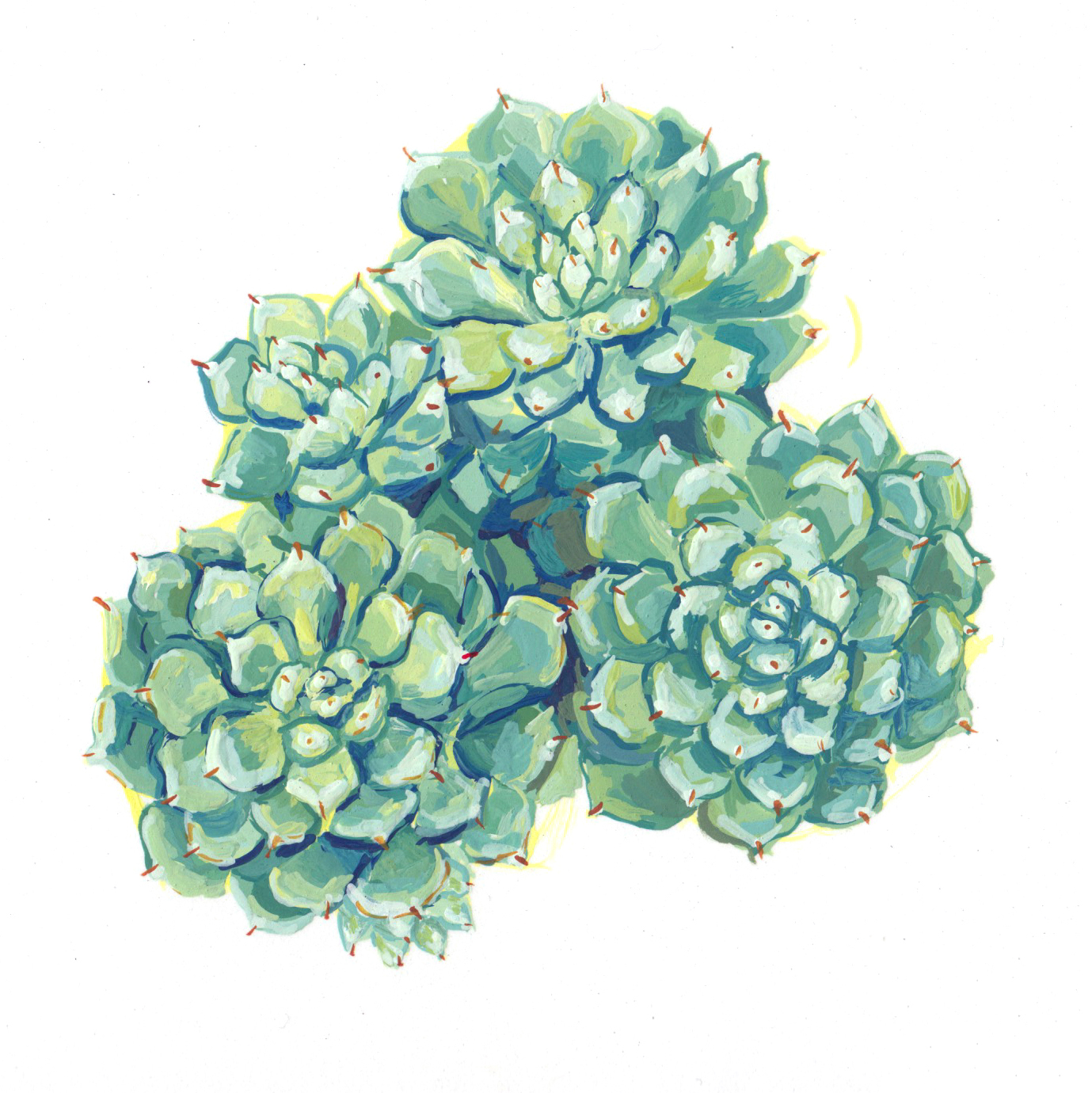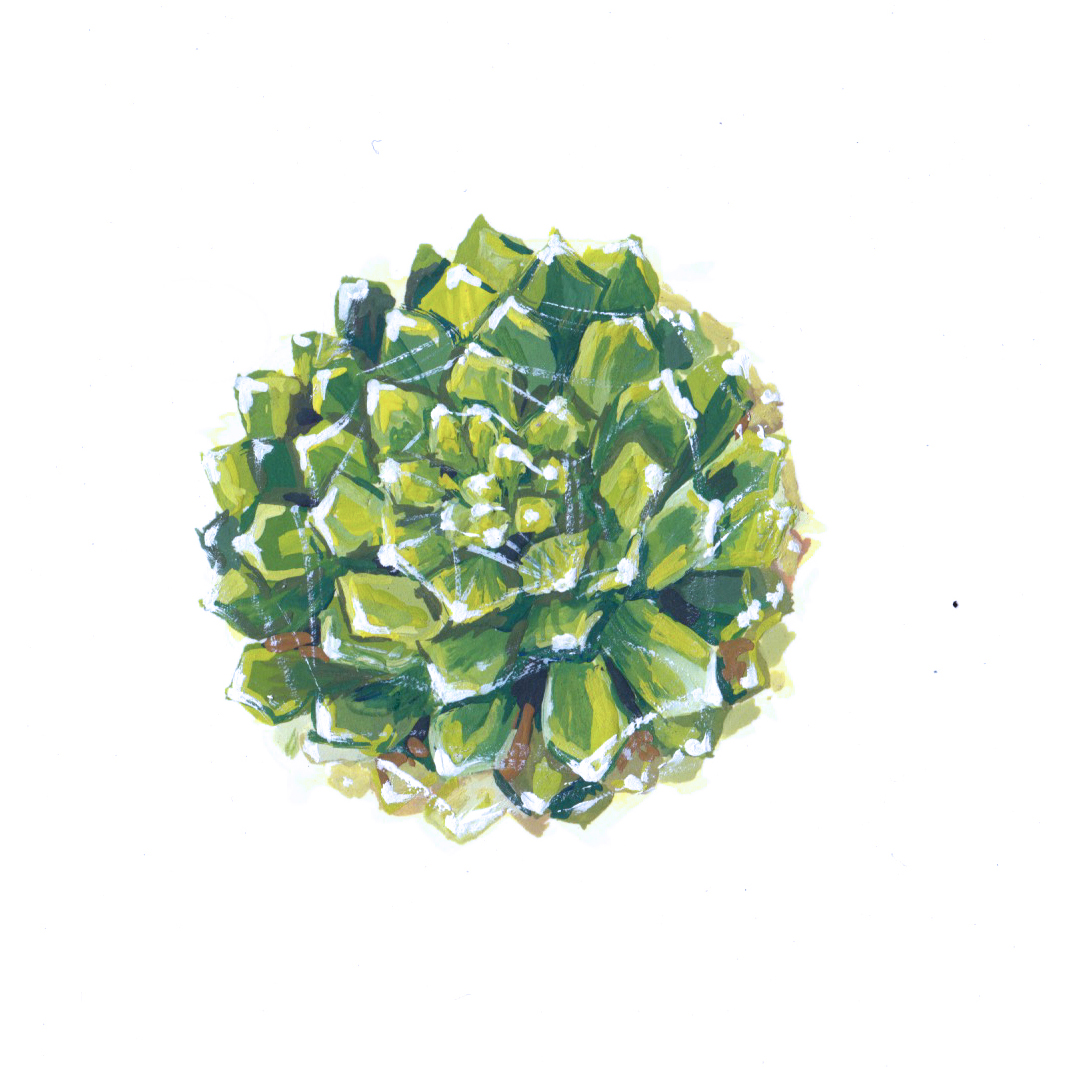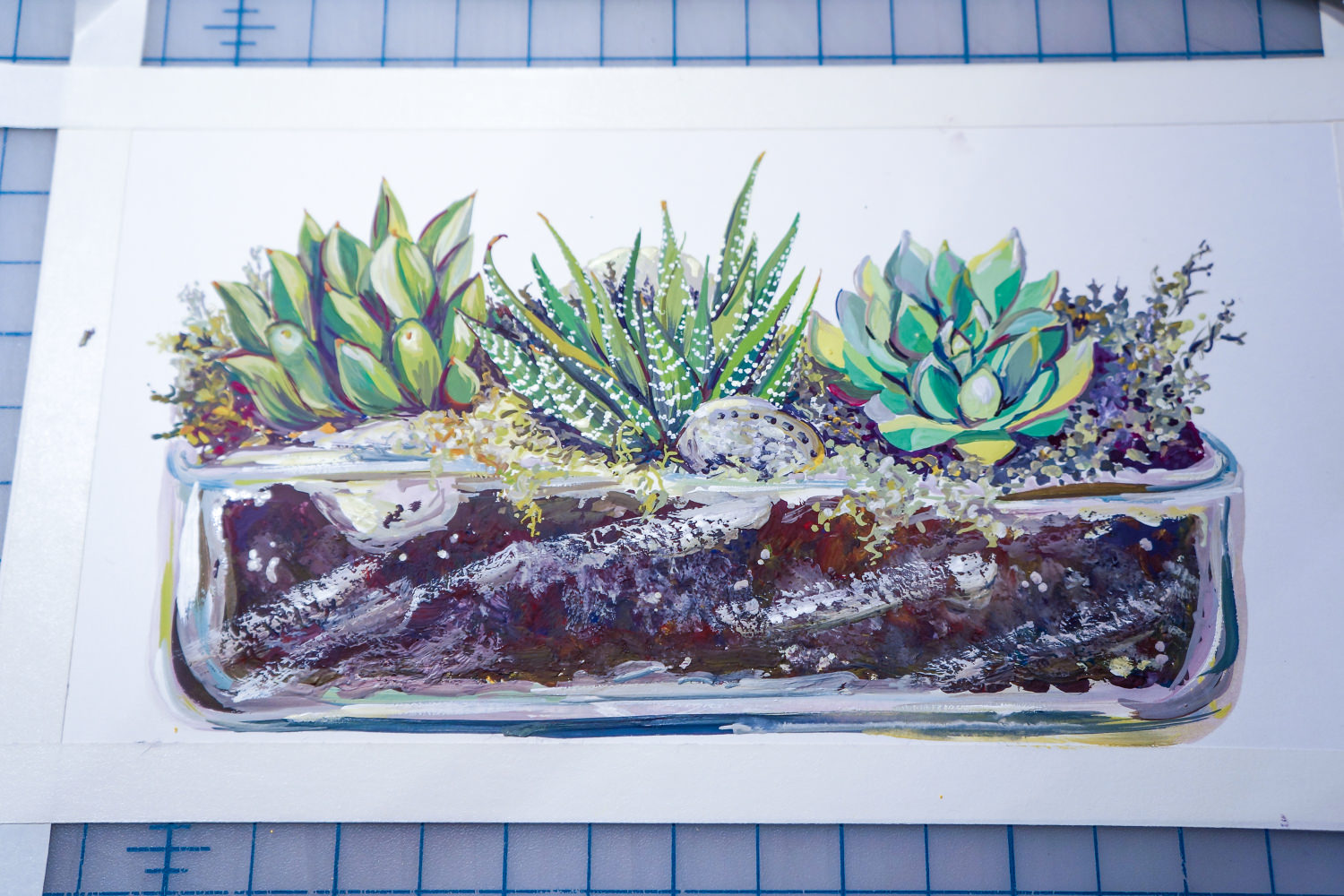
Succulents
I love gouache. Which, if you know anything about RISD’s curriculum, you’ll find quite a funny declaration. Third year graphic design students become so unbelievably familiar with every nuance of Windsor & Newton Gouache we all make statements like “If I ever see gouache again I’ll…” But years after graduating, spending my career in a virtual space, I craved the physical effort of making.
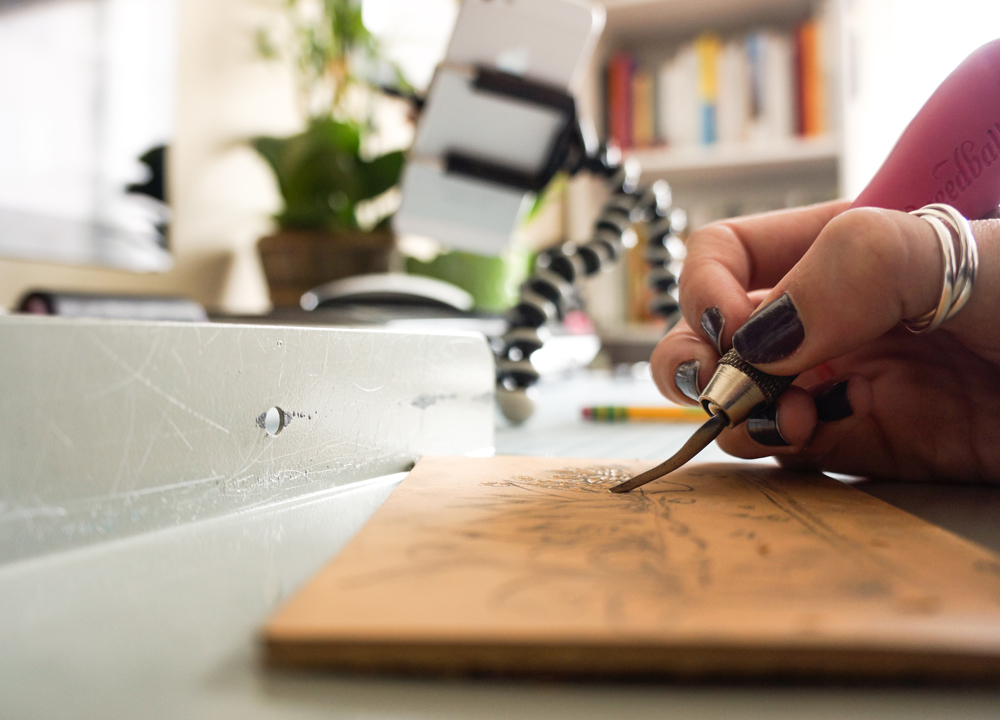
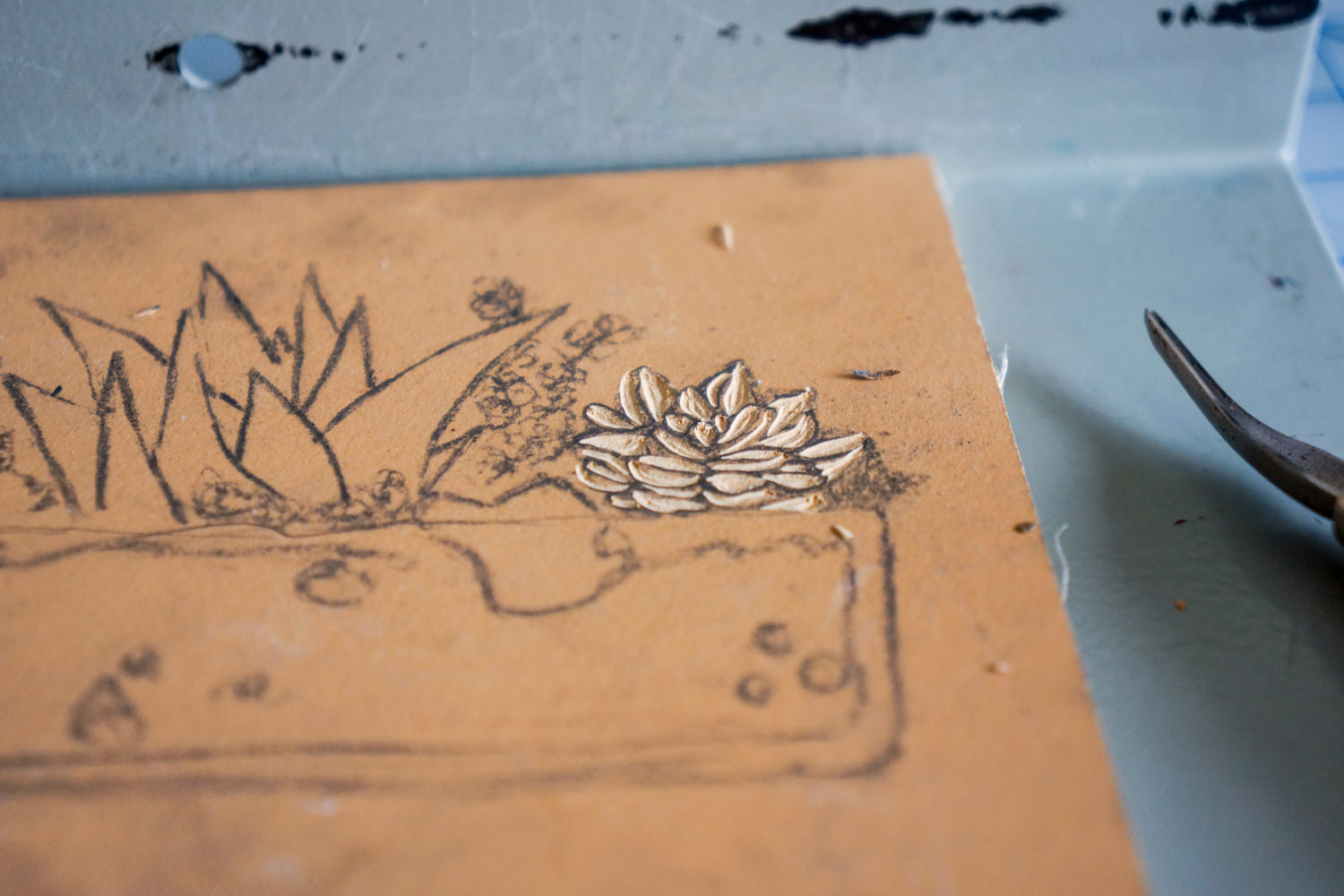
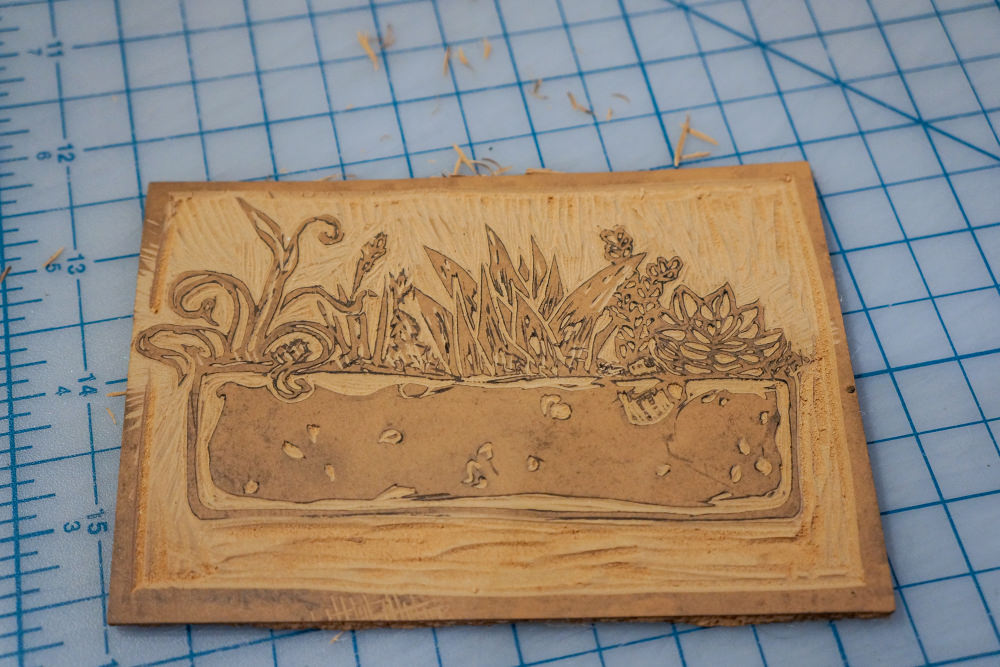
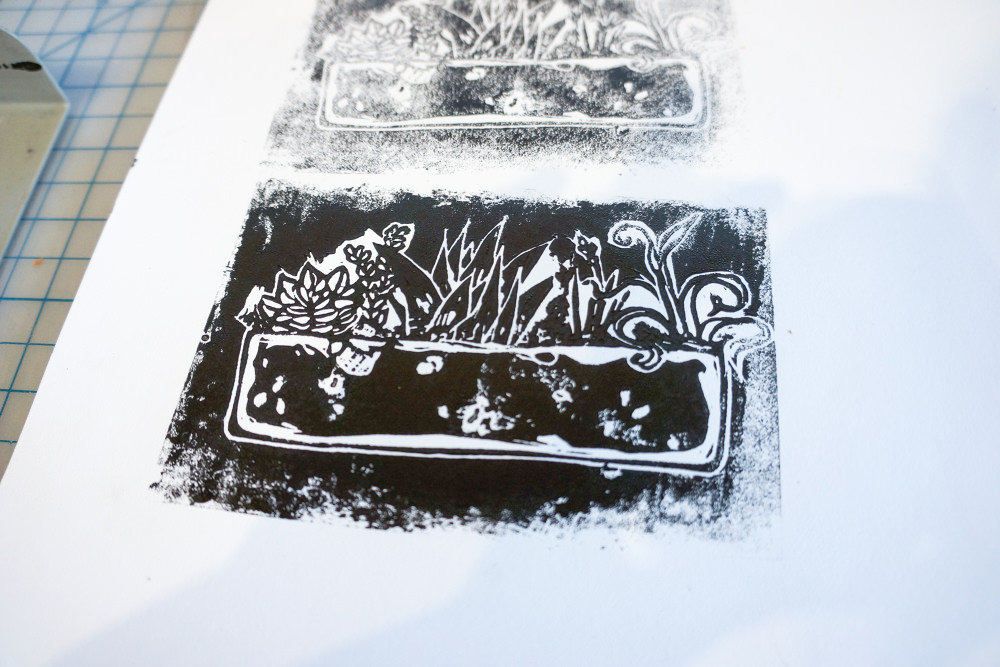
If you have never worked with gouache, it’s somewhere like a cross between its cheaper cousin, Tempera, and tube watercolors. Watercolor is translucent and wonderful for mixing colors on the paper and letting the porousness of the page and water manipulate the pigment in the actual piece. Gouache is far less forgiving. It takes effort. It’s temperamental. You have to fight it a little, and it has a bite to it. It can very quickly become muddy. To get that perfect, opaque, seamless flat panel of color takes so much control and manipulation. As the paint dries, if it contained too much water, it will blister and create new surfaces which mimic erosion of the earth.

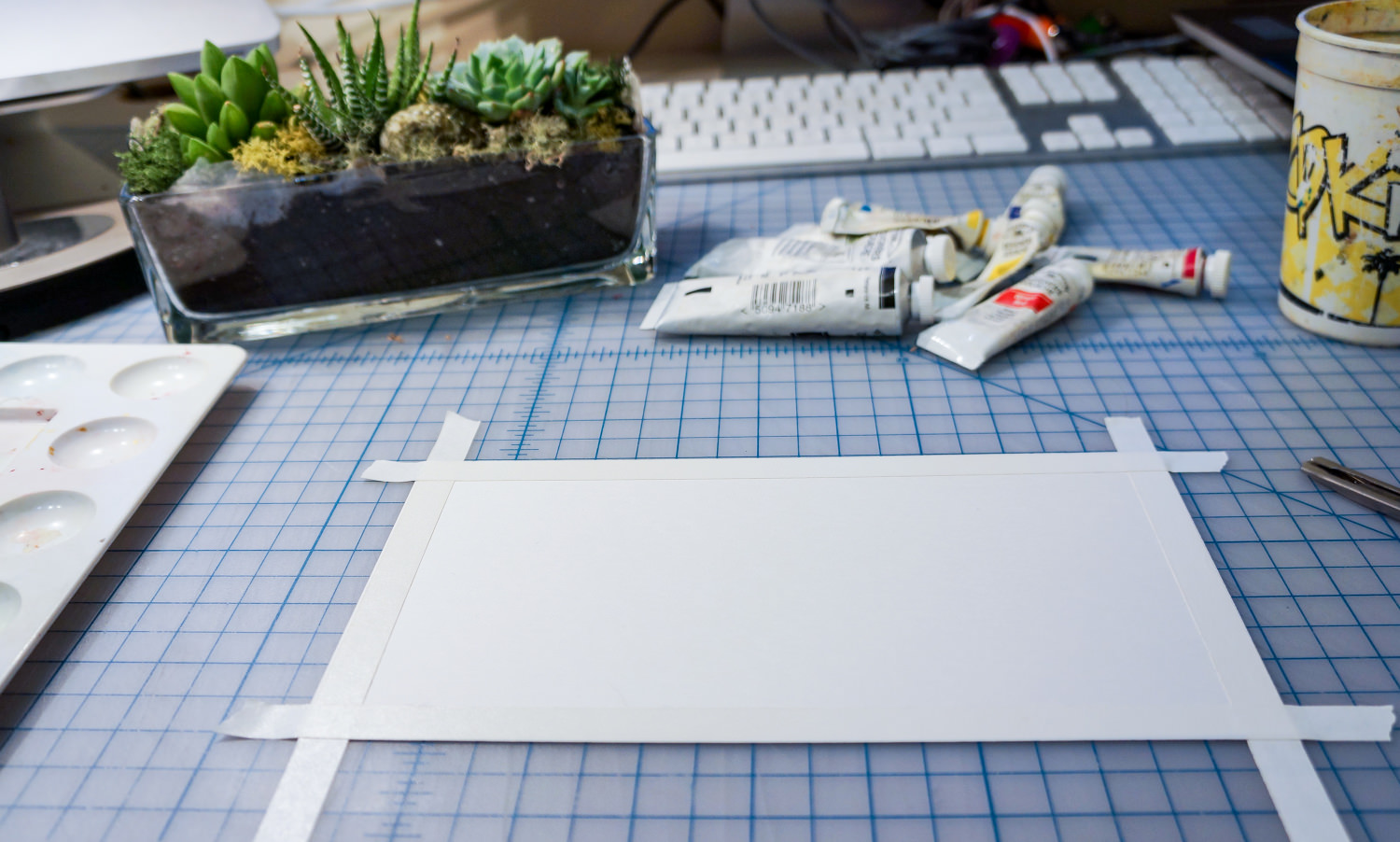
I spent most of my studies with gouache focused on achieving the unblemished flat pure color. Each brushstroke a unique imprint on the page, not bleeding into any other pigment. Now, on my own, I have the freedom to push it beyond those limits. Only once you’ve learned the rules can you then push outside of those boundaries.
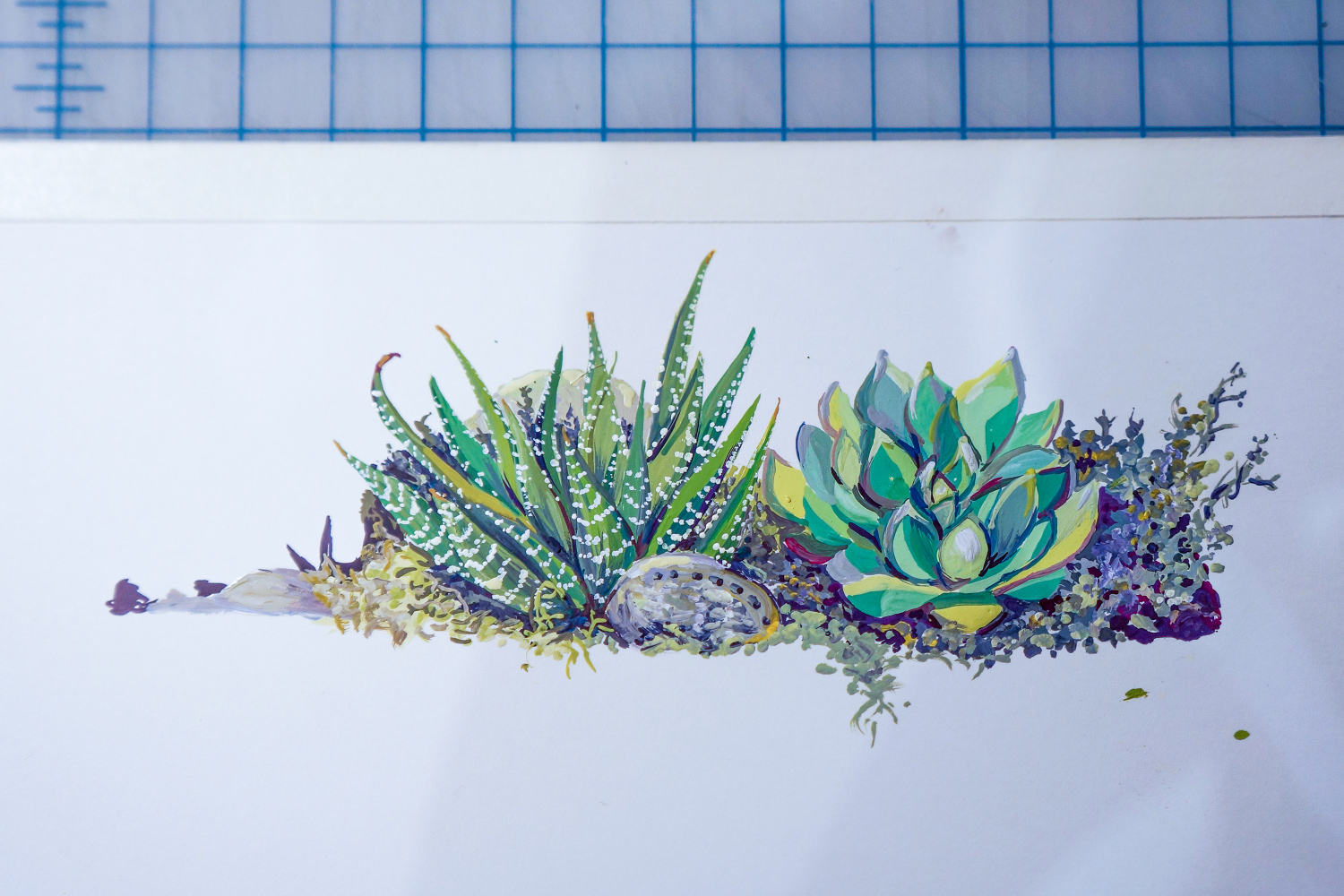
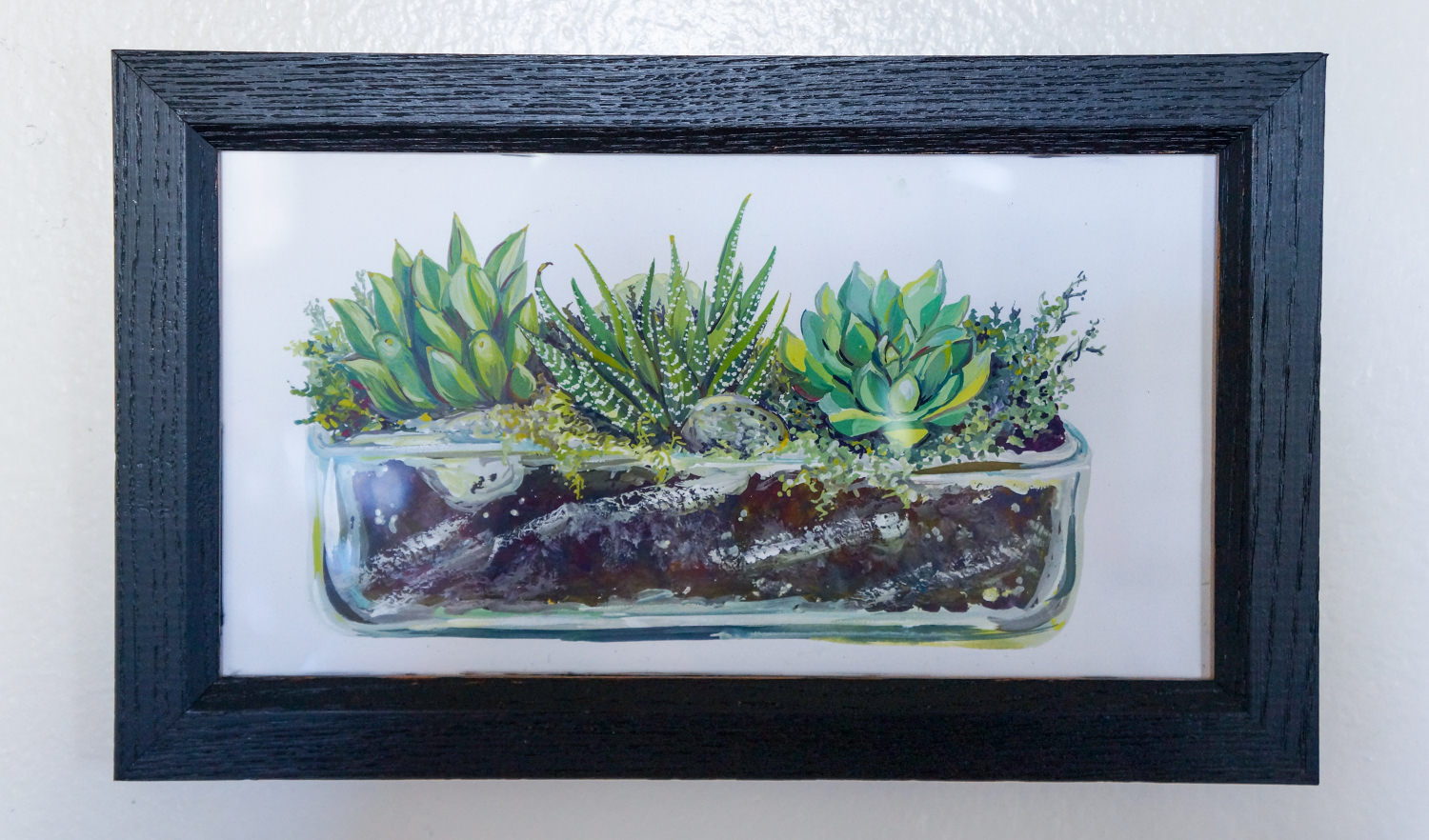
I have a great fondness for plants. Over the past few years I’ve acquired quite a collection of flora in my apartment. Doing projects outside of work is a way for me to continue to push my skills in the areas of technique, discipline, patience, and observation. This is a still life of my first terrarium, including a linoleum carving, purely for the joy of the manual work.
 Prints are available for sale on Society6.
Prints are available for sale on Society6.
I've also begun a new project, slowly making my way through my garden capturing birds-eye-view portraits of some of my other succulents. Here's a sneak preview.
